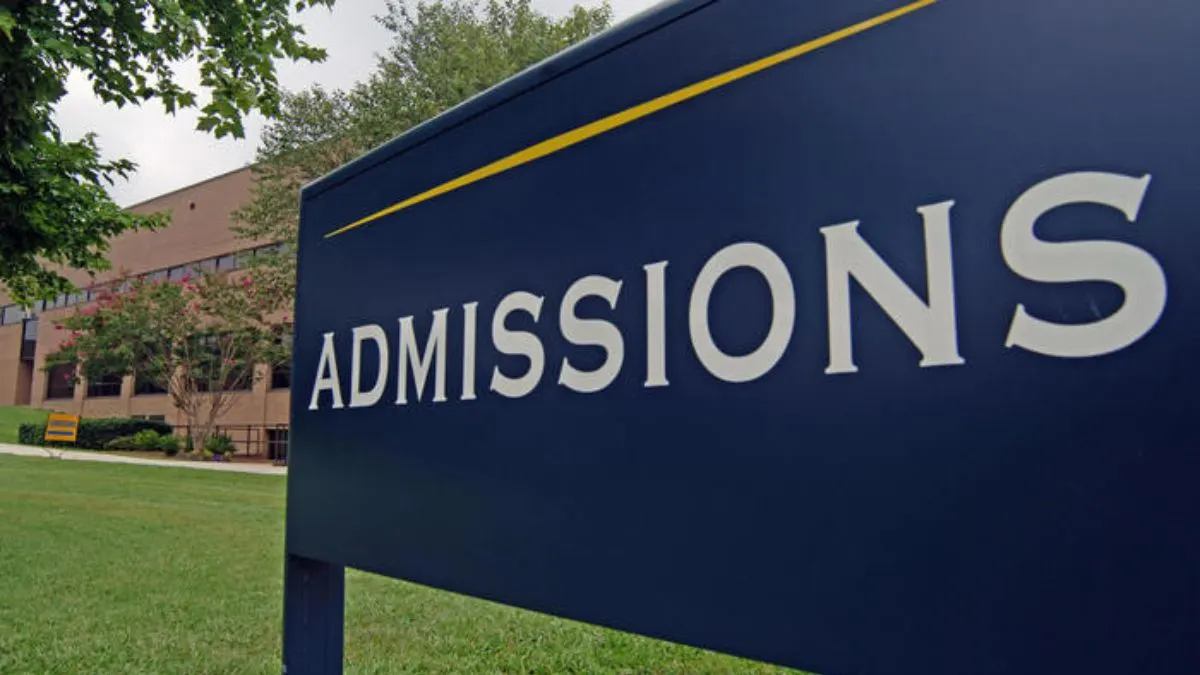Sex education and sex scenes greatly aid a young person’s development by providing them with the knowledge and perspective necessary to make responsible decisions about their bodies and relationships. Nonetheless, the way that sex is portrayed in the media frequently enhances and occasionally complicates traditional sex education.
The prevalence of sex scenes in movies, TV shows, and online content influences teenagers’ perceptions of sex and relationships in a significant way. The relationship between sex education and sex scenes will be discussed in this article, along with the possible advantages and disadvantages of relying solely on the media to teach people about sexuality.
Sex Education and Sex Scenes: What Is It?
Definition and Goals
Learning about human sexuality—including anatomy, reproduction, sexual health, consent, and emotional relationships—is known as sex education. Giving people the information and abilities they need to make wise decisions about their relationships and sexual health is the primary goal of sex education.
An Overview of Sex education and sex scenes
Sex education and sex scenes have historically differed greatly throughout cultures and eras. The way sex education is taught has changed dramatically over time, moving from the taboo-ridden lessons of the past to the more candid conversations of today. However, despite these advancements, there are still a lot of gaps, which the media frequently fills, for better or worse.
The Media’s Development of Sex Scenes
Early Media Portrayals of Sexuality
Over time, there has been a significant shift in how sex is portrayed in the media. Early representations were frequently inferred rather than directly shown in subtle ways. These early depictions were meant to elude censorship and often represented social taboos.
Contemporary Images and Their Significance
Sex scenes are increasingly common and explicit nowadays, which reflects a broader social acceptance of candid conversations about sex. But as the amount of explicit content increases, there’s also a greater need to make sure these representations are factual and instructive.
Why Media Sex Scenes Matter and How They Affect Sex Perceptions
Media depictions of sex have a significant impact on how people view sex, especially young viewers. In the absence of thorough sex education, these representations frequently function as the primary source of knowledge and have the power to influence attitudes, expectations, and ideas about sex.
Sex scenes’ function in normalizing conversations
Positively, sex scenes can facilitate the normalization of discussions about sex and make it more comfortable for young people to bring up these subjects with their parents, teachers, and peers. Media representations of sex, when used sensibly, can be a valuable instrument for fostering constructive conversations about sexuality.
The Relationship Between Sex Scenes and Sex Education
How Media Can Add To Education About Sexuality
With its broad appeal and power, the media may enhance official sex education by giving viewers context and real-world examples that make complex sexual subjects more straightforward to understand. Skillfully written sex scenes can reinforce classroom topics by acting as visual aids.
The Dangers of False or Imaginative Representations
Sex scenes can be harmful rather than beneficial, though, if they are erroneous or unrealistic. Deceptive depictions have the potential to incite confusion and detrimental conduct by setting up incorrect expectations, particularly in the minds of susceptible viewers.
Good Representations of Sex in the Media: Sensible and Instructive Sex Scenes
A few films and TV series have received recognition for their sensitive portrayals of sexuality, emphasizing emotional connection, communication, and consent. For instance, Netflix series such as “Sex Education” have received praise for their accurate and instructive depictions of adolescent sexuality.
How These Can Improve Knowledge
These positive images can foster understanding through realistic circumstances that viewers may encounter in their own lives. They can also serve as role models for appropriate conduct, such as seeking permission before acting and being honest with partners.
Negative Representations and Their Effects
Instances of Negative Representations
However, a lot of how sex is portrayed in the media is problematic; it frequently glamorizes unhealthful relationships or unrealistic sexual experiences. Scenes that portray non-consensual sex as romantic or that display sex without bringing up the topic of contraception or sexual health are two examples.
Effects on Juvenile Audiences
For younger audiences, such unfavorable portrayals may have detrimental effects that skew their ideas about relationships and sex. These representations have the potential to encourage dangerous sexual activity and destructive relationship dynamics in the absence of appropriate direction.
The Significance of Guidance from Parents and Education
The Parent’s Involvement in Media Consumption
Parents are extremely important in moderating their children’s exposure to media sex scenes. They can assist their children in differentiating between entertainment and reality by talking to them about what they see on screen and giving context.
Media Literacy Integrated Into Sexual Education
Educators can also contribute by including media literacy in sex education curricula. Students who learn to evaluate media representations of sex critically will be better equipped to identify erroneous portrayals and make wise judgments in their own lives.
Finding a Balance Between Education and Entertainment
The Difficulty Faced by Content Producers
The difficulty for content producers is striking a balance between enjoyment and accountability. Sex scenes can spice up a plot with drama and excitement, but they should also be written with consideration for how they might affect viewers.
The Educational Potential of the Media
When done correctly, the media may inform and educate while providing a forum for the discussion of significant sex and relationship-related issues. Content producers can make a meaningful difference in the public’s comprehension of these subjects.
Case Studies of Powerful Media Representations
Movies and TV Series that Get It Right
A few films and TV series have managed to strike a healthy mix between education and fun, teaching viewers insightful things about relationships and sex. Examples are “Sex Education” and “The Fosters,” which both thoughtfully and realistically tackle complex sexual matters.
Takeaways from These Examples
These illustrations show that it is feasible to produce exciting content with educational value. They emphasize the value of careful storytelling and its beneficial effects on viewers.
Schools’ Function in Countering the Influence of the Media
Including Media Analysis in Curriculums for Sexual Education
Media analysis is a valuable tool that schools can use to assist students in navigating the complicated media ecosystem seen in sex education programs. With this method, children can learn to assess information critically and recognize how it may affect their opinions and actions.
Working Together: Media Producers and Teachers
Another possibility is collaboration between media producers and educators to produce content that advances educational objectives. Together, they can ensure that young people’s media experiences are constructive.
How to Discuss Sexual Scenes with Adolescents
Taking Up the Discussion
It can be challenging to have a conversation about sex scenes with teenagers, but parents and educators should try. Adolescents may feel more at ease talking about their ideas and inquiries if they are forthright and honest.
Contextualizing and Removing False Information
It is essential to correct any false information that teenagers may have received and give context to what they encounter in the media. This method lessens the possibility of damaging misconceptions by assisting teenagers in gaining a realistic understanding of relationships and sex.
The Prospects of Sexual Education in a World Overflowing with Media
The Growing Significance of Media Knowledge
Media literacy will become even more crucial in sex education as long as the media is allowed to continue to influence how people view sex. Young people’s sexual development and general well-being must teach them how to critically evaluate media content.
Media and Sex Education Trends and Forecasts
In the future, we should anticipate seeing a stronger emphasis on media literacy in sex education and increased cooperation between teachers and content producers. The relationship between sex education and the media will change along with society to encourage healthier, more knowledgeable views about relationships and sex.
FAQs
How Can Parents Manage The Content Their Children See?
Parents can manage what their children watch by setting parental controls, monitoring their viewing patterns, and having conversations with their children about the material to clarify any misunderstandings and provide context.
Do sexual scenes need to be in the media?
Although they shouldn’t always be included, sex scenes should be handled carefully to prevent deceiving or hurting viewers.
How can positive media use affect sex education?
The media can be a valuable tool for sex education because it presents sex in a realistic and instructive way that enhances traditional learning.
What Dangers Come with Not Talking About Sex Scenes with Teens?
Ignoring sex scenes with teenagers can result in dangerous conduct, negative attitudes, and misunderstandings about sex.
How Can Teachers Use Media in Sex Education More Effectively?
Teachers can incorporate media into sex education by working with media producers to create instructional materials and by teaching students how to assess content critically.
In conclusion
In conclusion, there are opportunities and challenges at the nexus between media sex scenes and sex education. The media may mislead and misinform, but it also provides an essential forum for sex education and normalization. We can make sure that this content positively influences young people’s sexual development by addressing it critically and deliberately.



